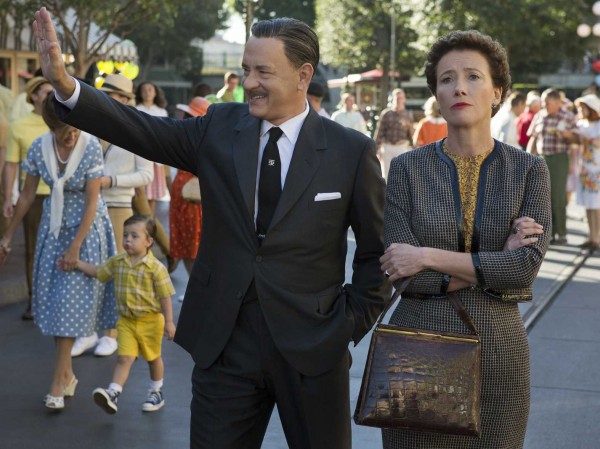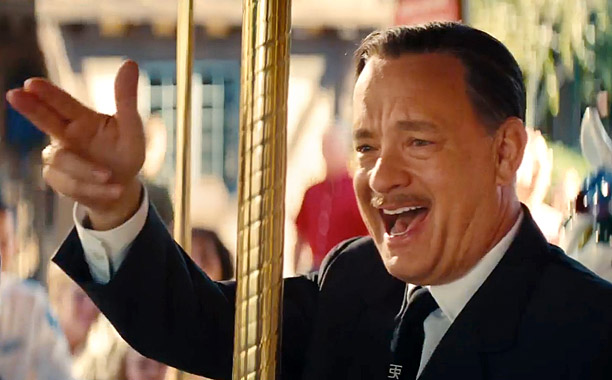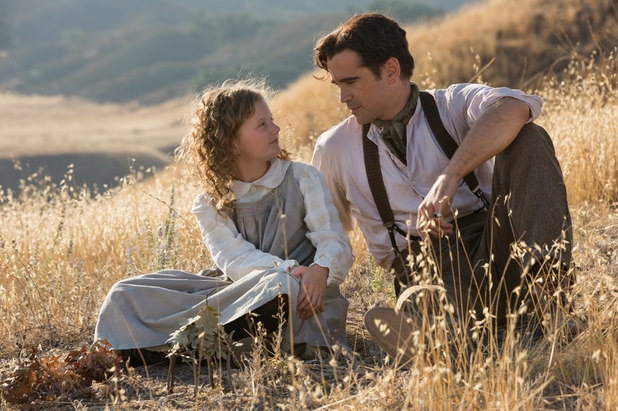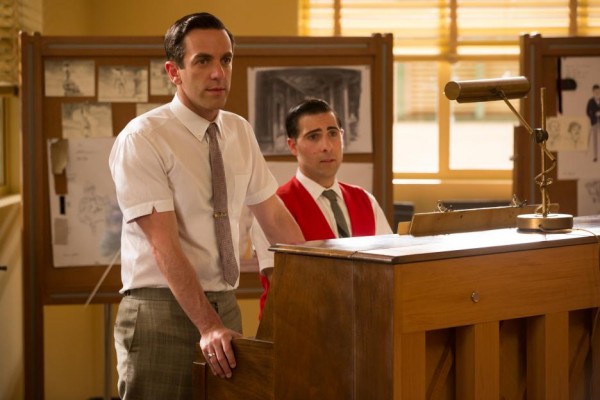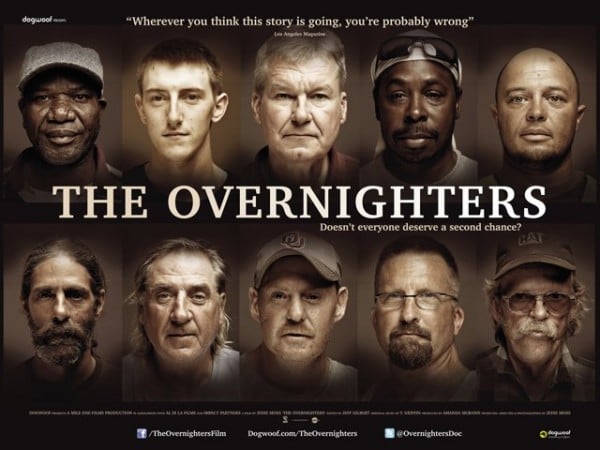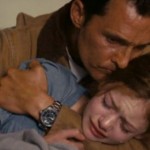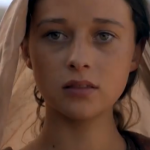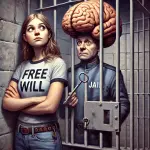Saving Mr. Banks, a film lauding Walt Disney about the creation of Disney’s classic movie Mary Poppins, created by Disney, has much the same effect as a trip to Disneyland: It’s a heartwarming, sweet, kind, and fantastical ride that works best if you never wonder what’s behind the curtain.
It is the tale of the chase courtship of author P.L. Travers (Emma Thompson) by Walt Disney himself, a courtship ending not in romantic love, but something better by Hollywood standards: collaborative creativity. In 1961, Travers travels from England to Los Angeles to meet Disney (Tom Hanks) and his team of wizards. She created and – more importantly – holds the screen rights to a beloved character: Mary Poppins. Mr. Disney, or Walt as he insists, is desperate to bring the famous nanny to screen because he promised his since-grown daughters he would do so and because he loves the umbrella-soaring woman himself.
Perhaps he might, merely as a side benefit, make money off the deal.
Much like her creation, Mrs. Travers is inscrutable, difficult to please, and highly opinionated.
Walt pulls out all the stops: a fancy hotel room, a guided tour of his amusement park, a driver (Paul Giamatti) at her beck and call. His team of composers (Bradley Whitford, P.J. Novak, Jason Schwartzman) regale her with their peppy tunes. Illustrators show her their visions of costumes and sets.
None of it gains traction because there is a subtext none of them knows: Mary Poppins grew out of Travers’ childhood experience with her warm, loving, ne’er do well, tragic father (Colin Farrell) back in the old days in Australia. As the Disney team trills and swirls around her, Travers remembers a story of deep love and loss that colors all her life.
Farrell and child actor Annie Rose Buckley make the most of this love, of the adoration of a dear parent and the confusion of recognizing his deep flaws. Their story is the best part of the movie and the part that will have you reaching for tissue.
Contrasted against this is the sheer joy, in the present of 1961, of creation. Disneyphiles will thrill to see Richard Sherman (Swartzman) and his brother Robert (Novak) working to create the tune of “Spoonful of Sugar” or the epiphany that leads to “Let’s Go Fly a Kite.” These moments send the spirit soaring and may also have you reaching for tissue. Be warned: The score of Mary Poppins will become stuck in your head.
There are worse things in life.
Emma Thompson, as usual, does a magnificent job of portraying a complex and cantankerous woman, someone for whom sympathy grows as the viewers learn more about what motivates her.
Tom Hanks, of course, is our current go-to for feel-good Americanism and his Walt Disney is all smiles, warmth and old fashioned Midwestern common sense.
Rated PG-13, the movie is as prim and proper as Poppins herself and has nary a swearword, sexual moment, or moment of violence. It does have the difficult theme of potential parental loss, and like Bambi, may be more disturbing to some children than obscenities or violence could be.
Director John Lee Hancock, who scored a family hit with The Blind Side, has created another beautiful, sweet, and warm movie that you can watch not only with your children (if they can handle the parental-loss theme), but also with your older parents. Families will love it. Just make sure you provide Kleenex for all.
That said, the relentless cheerfulness and good sense of the Disney crew bothered me a bit. (Small spoiler ahead) It bothered me that Walt Disney and Company get their way on everything, from the nonsense song “Supercalifrigilisiticexpialidocious” to animated penguins to casting of Dick Van Dyke. All the songs are presented nearly in their final versions. Nothing Disney proposes is, in a word, wrong.
Even in the narrative of the movie, you get the sense P.L. Travers was steamrolled. It’s ok, because by losing she wins and in letting go, she recovers her own past.
But still.
It will be interesting to see how this film does in the Oscar race. On one hand, it’s an excellently-made, excellently-acted movie about story-telling, something the Academy usually loves. See: The Artist, Argo, Shakespeare in Love. On the other hand, it’s a movie made by Disney about Disney. See: Jealously, infighting, old scores to settle.
In any case, you should see it. It’s one of the best, if slightly unsettling, movies of the year.

